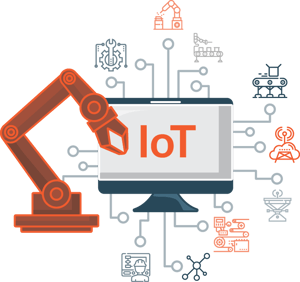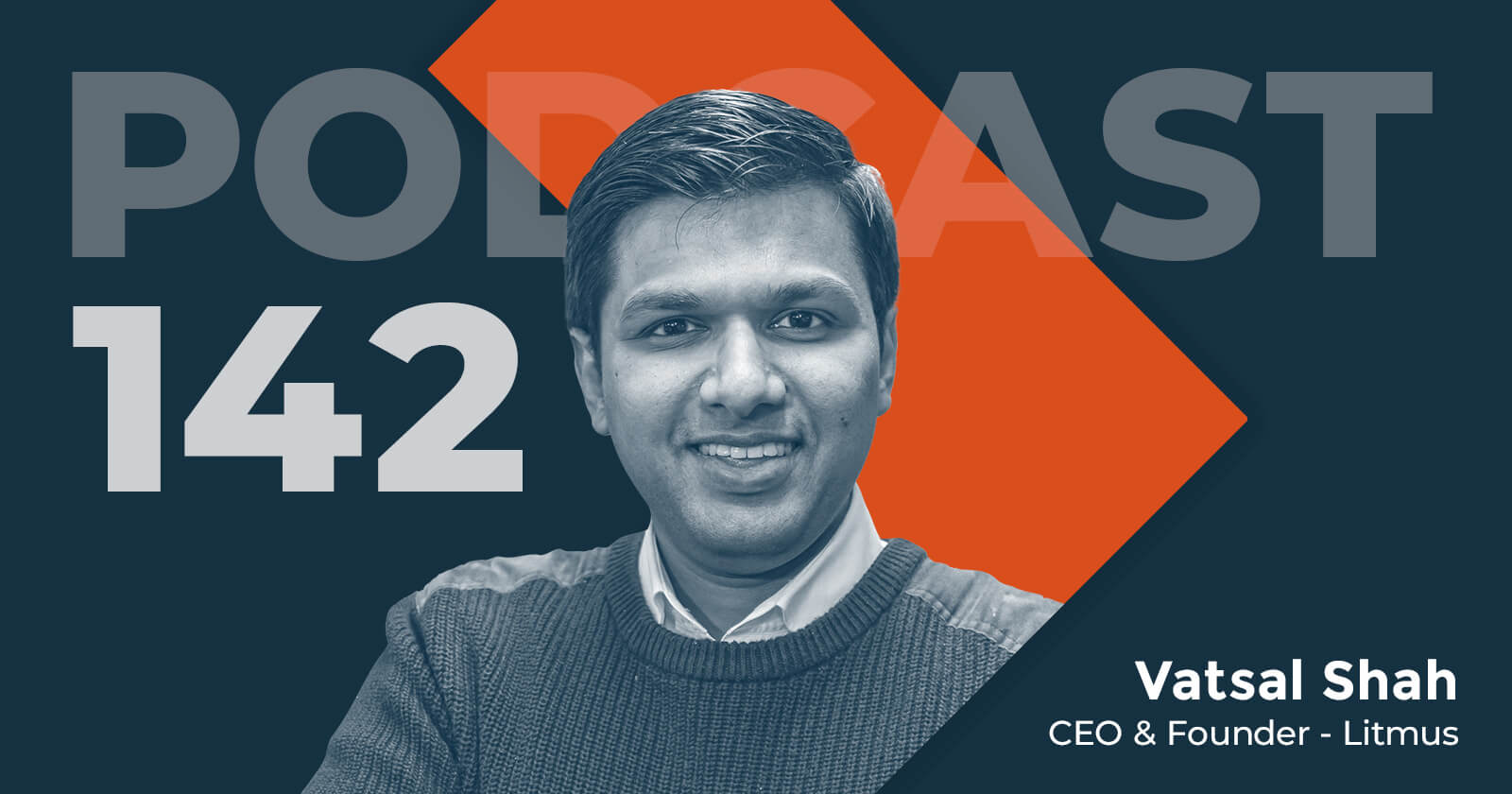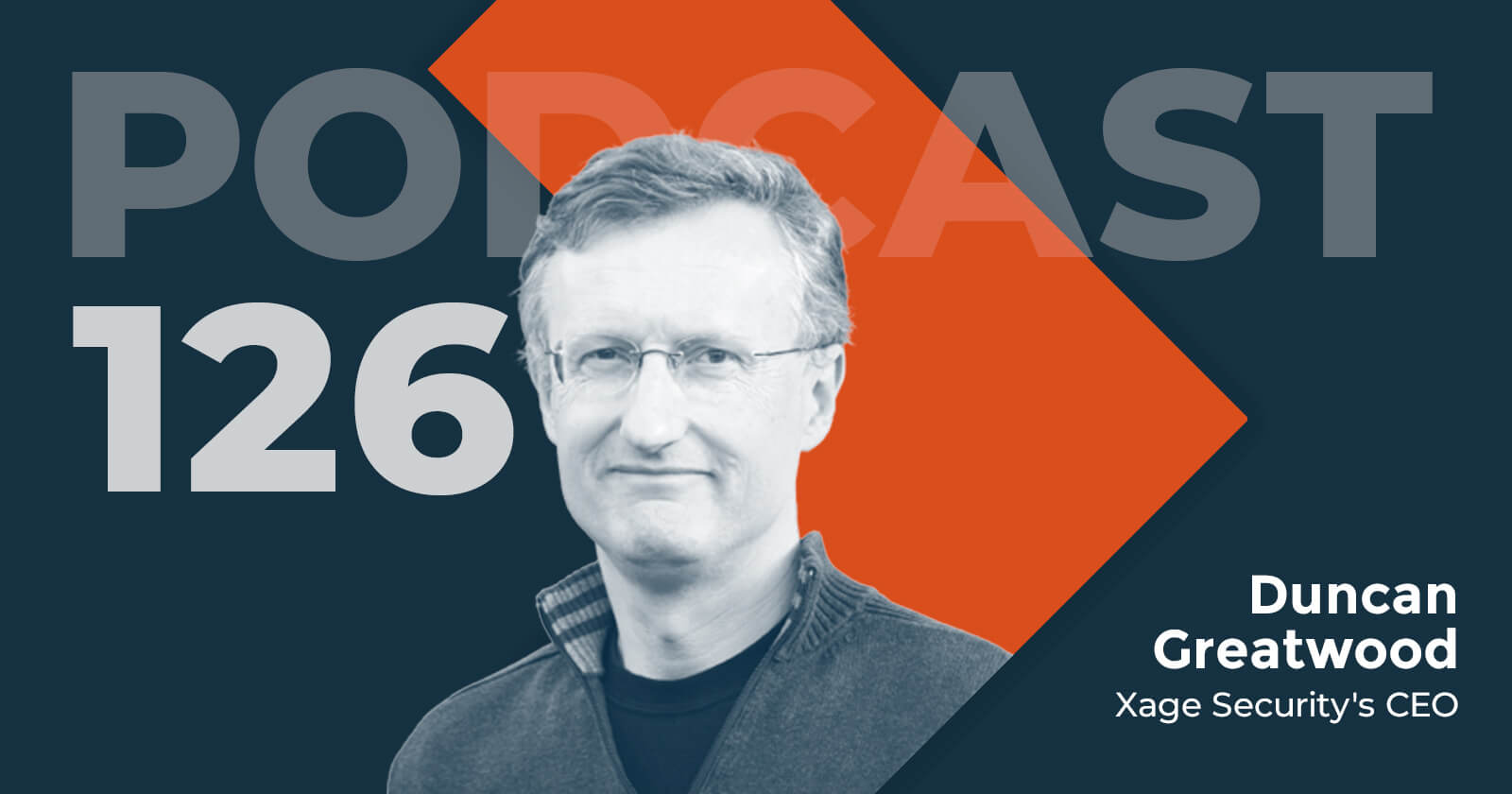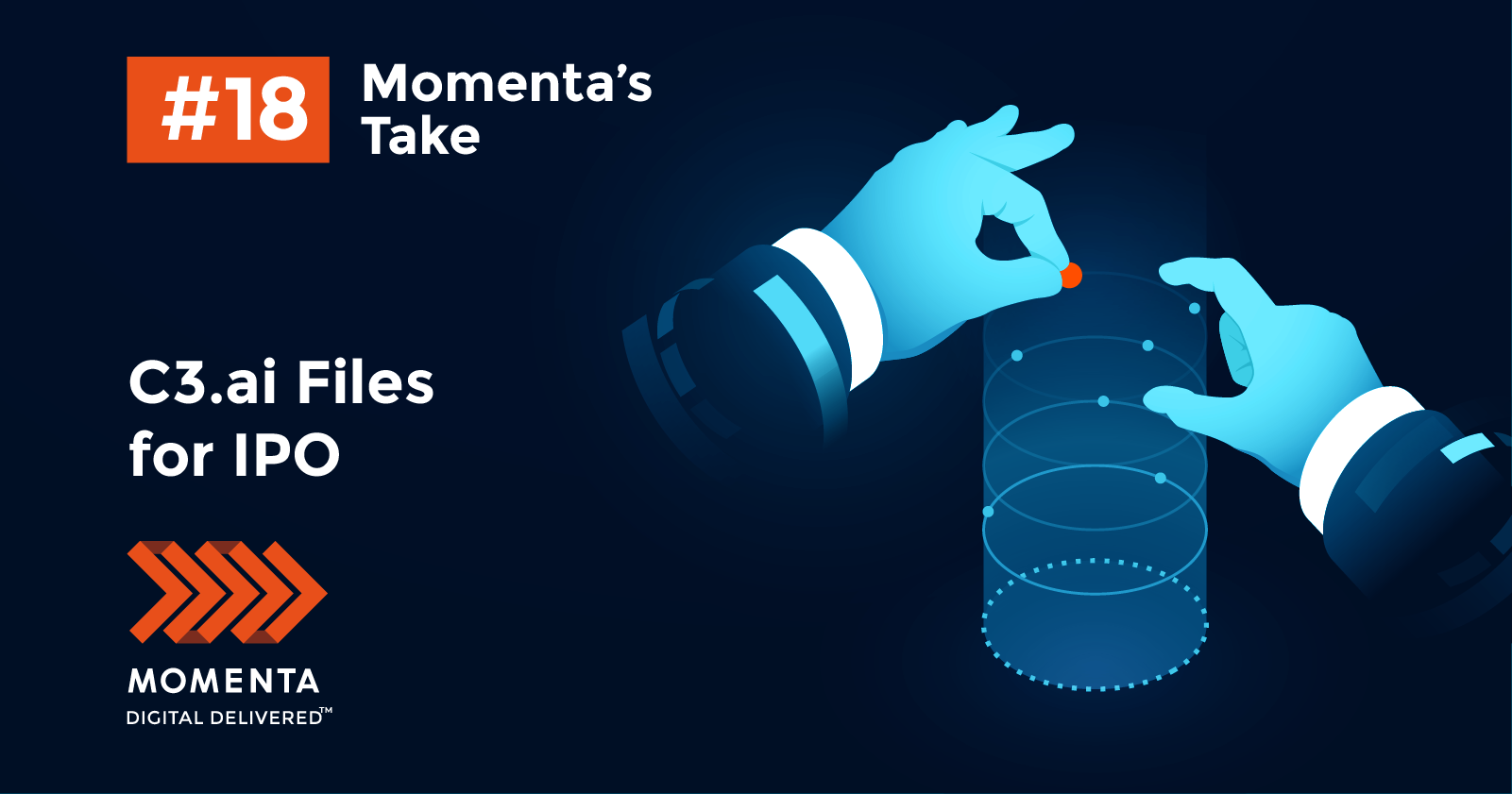Value Vector
IoT Platforms - A Vibrant Market on the Cusp of Further Consolidation
Ken Forster

Over the past several years, IoT platforms have played a pivotal role in Connected Industry. As is characteristic of early stages of a market, most applications of what are traditionally thought of as IoT solutions have been largely custom built. Building every function from scratch is enormously inefficient, and as a result we saw the emergence of a cornucopia of diverse platforms targeted toward IoT. The array of options can be overwhelming at times, as there is a broad range of platforms addressing everything from connectivity, to infrastructure, to data analytics, to application enablement. There is a lot of diversity in the nature and characteristics of IoT platforms – but it’s worth understanding why platforms are so valuable.
Platforms leverage multiple streams of innovation
A platform is “a system that must provide a useful function or service and allow third-party access” according to Marshall van Alstyne, Geoffrey Parker and Sangeet Paul Choudary in the book Platform Strategy. The advantage of platforms is that they can harness innovation from ecosystems of partners, creating value far greater than could be developed by a single company itself. For example, Apple’s success derives from the breadth of reach. Instead of a linear value chain where users purchase a product in a “razors and razor blades” model through a single provider, Apple’s support of music, video, books and applications creates a virtuous cycle where the more devices it sold, the more developers were attracted to write apps for the platform, attracting more demand.
Platforms are helpful because they abstract many basic functions away from the specific application logic. For example, regardless of whether you are trying to write an application to optimize fuel consumption, maintenance schedules, a lot of the underlying technology needs are essentially the same. Application developers just want to focus on the specific problem they are solving and use common capabilities for computing power or storage or security. A good platform dramatically reduces the cost of developing and maintaining applications.
Platforms can combine software and hardware, operating environments, storage, computing power, security, development tools, authentication and security, data integration, and many other common functions. For IoT, platforms enable providers to leverage innovations from business domain experts across different industries.
The paradox of choice
Some of the big challenges for practitioners lies in differentiating the many different platforms on the market, and most importantly choosing the most appropriate technologies. For business users, the array of options can be dizzying.
Here are a few of the major categories:
- Industrial IoT platforms are offered by vendors like GE, Schneider Electric, SAP, Siemens, Honeywell, Bosch and others, typically focused on enabling data from connected industrial assets (often their own proprietary assets) to be leveraged.
- Software-based IoT platforms from the likes of C3IoT, PTC, Litmus Automation, Davra and others allow for rich analytic applications to be built on top.
- Connectivity based IoT platforms come from providers like Telit, Ericsson, Cisco Jasper, ORBCOMM and other focus on managing devices and data connectivity.
- General purpose cloud IoT platforms are offered by the likes of Microsoft, Amazon and Google, and provide a lot of the basic infrastructure functions as a well as device connectivity and data management options.
This is just a small subset of the market, there are offerings from systems integrators, carriers and others that are offered on both industry specific or vertical bases, or as horizontal platforms. With so much to choose from the array of options is confusing.
Consolidation should help with clarity
According to Berg Insight, the market for IoT device management and application enablement platforms growing from $1.1 billion in 2017 to $4.9 billion by 2022, a CAGR of 36%. We expect that the market will see an increasing pace of consolidation as larger players bulk up their own platform offerings. There’s been some notable investment and M&A activity with implications for the IoT platform market recently:
- Rockwell Automation has invested $1 billion into PTC’s equity in order to strengthen its partnerships
- Microsoft acquired GitHub for $7.5 billion to strengthen its developer ecosystem footprint
- Software AG’s Cumulocity added Trendminer data analysis
- ARM acquired Stream technologies to enhance its connectivity capabilities
This development is timely and healthy, and we ultimately expect there will be a handful of winners in several categories of the IoT landscape.
Please join our webinar on June 28th– Unpacking IoT Platforms, to learn more about how to distinguish choose the right platform for your business.
WEBINAR INVITATION
Unpacking
IoT Platforms
What You Need to Know
![]()
Thursday, June 28th, 2018
@ 9 AM PT I 12 PM ET I 6 PM CET I 60 minutes




